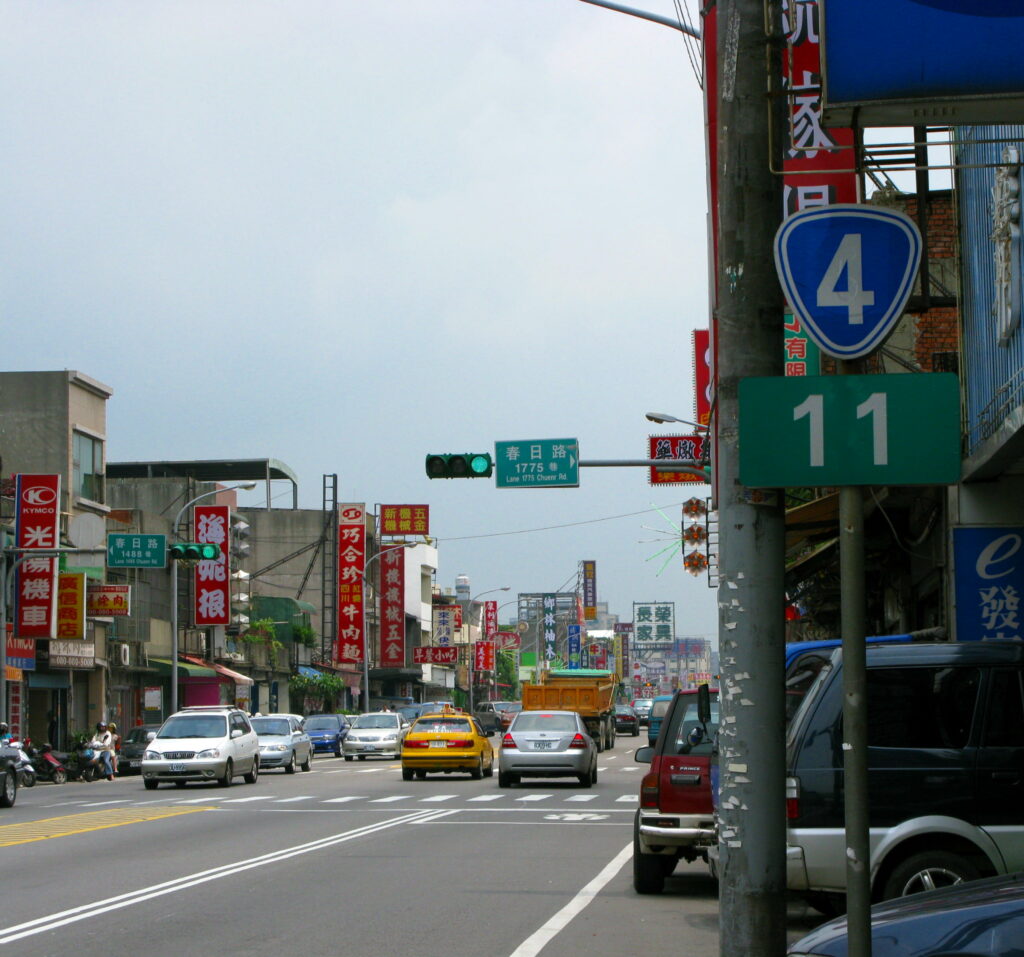by Brian Hioe
語言:
English
Photo Credit: SSR2000/WikiCommons/CC BY-SA 3.0
THE LEGISLATIVE YUAN passed the third reading of the Road Traffic Safety Basic Act on December 1st.
The act, which was passed by the Executive Yuan in August, stipulates that local governments need to set road safety plans, which will be regularly evaluated. Likewise, a central committee of experts and policymakers will be established, including mayors, county commissioners, ministers without portfolios, and heads of agencies. In the interests of transparency, assessments and evaluations of road safety will be published.
In particular, the Road Traffic Safety Basic Act sets as its aim to have zero deaths from traffic accidents in Taiwan by 2050. This takes place after a wave of public discussion about Taiwan as a “pedestrian hell”, as a result of international media reports that termed Taiwan to have hellish conditions where pedestrian safety is concerned.
On August 20th, tens of thousands rallied on Ketagalan Boulevard to call for improvements in pedestrian safety. The demonstration was called for by Vision Zero Taiwan, which took its name from its vision of Taiwan not seeing traffic pedestrian deaths by 2050. As such, one sees that the Road Traffic Safety Basic Act is a direct response to the rally.
All presidential candidates, regardless of party, were present at the rally. This included DPP presidential candidate Lai Ching-te, TPP presidential candidate Ko Wen-je, and KMT presidential candidate Hou You-yi. As the rally took place at a time when Foxconn founder Terry Gou was still angling for a presidential run, Gou also attended. In this sense, the demonstration could perhaps be viewed as the first major campaign event of the current presidential election cycle.
 Photo credit: Mnb/WikiCommons/CC BY-SA 3.0
Photo credit: Mnb/WikiCommons/CC BY-SA 3.0
That the issue was relatively bipartisan in nature may explain the relative lack of contention about the bill. After all, even when both major political camps agree on an issue, they usually still manage to find ways to fight, so as to politically grandstand in a way that makes the other camp look worse.
Consequently, in the present election cycle, most political parties agree that Taiwan faces issues regarding unaffordable housing, low salaries, and the looming demographic crisis. Although all parties have sought to offer solutions, these often do not substantially differ from each other. The DPP, likewise, has had to deal with criticisms for being unable to resolve issues during its time in power, as a result of which it has faced challenges as a result of being the incumbent. That both major political camps in Taiwan were willing to pass the act so quickly reflects that they aim to get this done before elections and hope swift legal changes will satisfy voters.
It is to be seen if the act manages to improve issues regarding traffic safety in Taiwan, then. The government’s initial response was to stiffen penalties for drivers that fail to yield to pedestrians, while also calling on pedestrians to photograph and report vehicles that do not yield. Other legal changes have been discussed but not enacted, such as phasing out the current two-step turn that is required for scooters and motorcycles.
Indeed, in late November, motorcycle riders rallied to call for the Ministry of Transportation and Communications (MOTC) to enact laws to allow heavy motorcycles to drive on highways–something that was already legislated over ten years ago, but which the MOTC has refused to carry out. Riders, too, called for the phasing out of the two-step turn and bans on motorcycles using the inner lanes of roads.
But while the Road Traffic Safety Basic Act may be a welcome move in improving oversight over traffic safety in Taiwan, it is to be seen whether establishing new coordination bodies and stiffening penalties will suffice in solving the issue of traffic safety in Taiwan. After all, the issue of traffic safety is fundamentally one that returns to driver education. And traffic infrastructure in Taiwan largely prioritizes cars over pedestrians, meaning that the issue does not only return to drivers, but also urban planning in Taiwan.
As such, it is probable that no single act will be enough to solve the problem, but this will require a gradual process. What further steps are needed remains to be seen.

